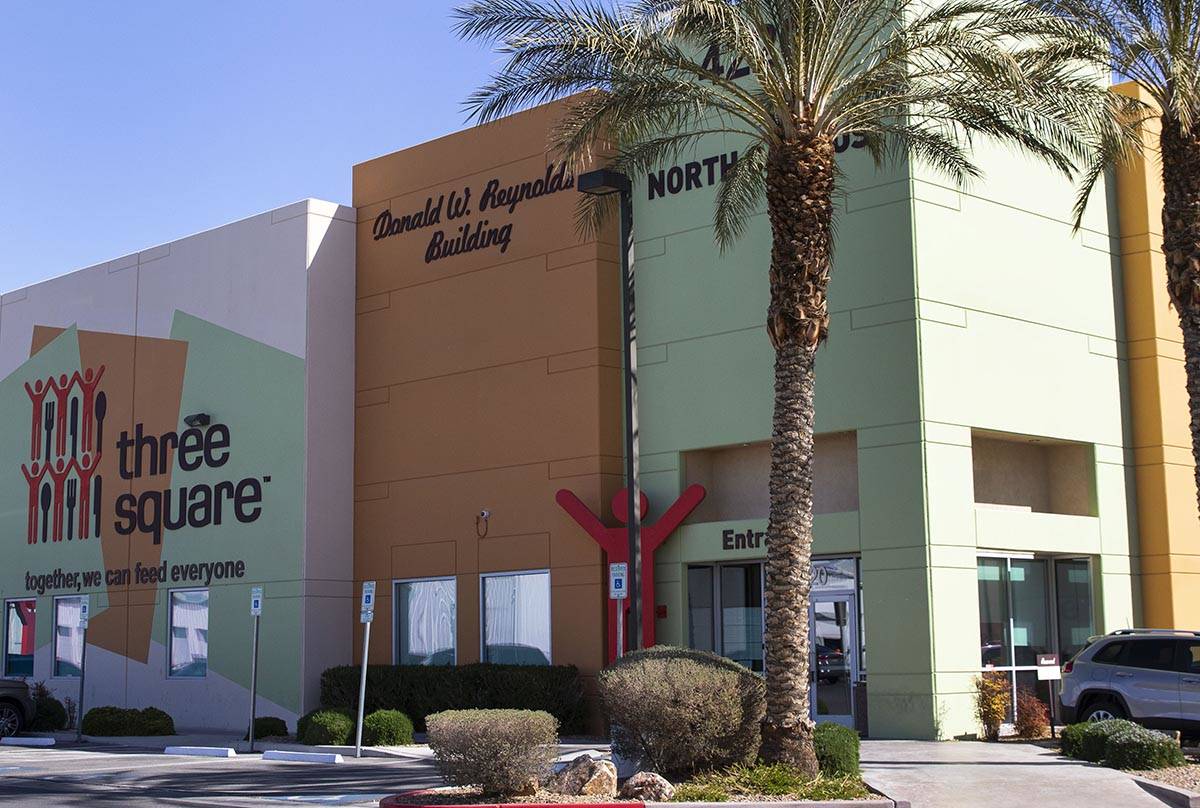Food insecurity hits Las Vegas Valley seniors hard even before COVID
UNLV economics professor Ian McDonough knew that many seniors across the Las Vegas Valley did not have access to nutritious food even before the pandemic.
His team of researchers had conducted surveys before the pandemic, which yielded responses from about a thousand Clark County seniors: They wanted to know if senior-led households had enough food at home and whether they had missed meals.
The results alarmed them.
Top-line findings that McDonough and co-researcher Courtney Coughenour, a professor at UNLV’s School of Public Health, presented to Three Square last week showed that 28 percent of senior-led valley households were classified as food-insecure before the pandemic.
Of that, 10 percent were deemed “very low food secure.”
Last year, McDonough’s team sent another survey to that same group of seniors in the middle of the pandemic. He’s currently compiling the results from the survey, but he said that the team is “incredibly nervous” about the state of senior food insecurity in Clark County.
“My guess is that the food insecurity rate for seniors must be much higher post-COVID,” he said. “Nonetheless, the 28 percent food insecurity rate is daunting before the pandemic and it is much higher than what Feeding America predicts.”
The surveys aim to get a sense of what is happening to Southern Nevada seniors without relying on estimation-type models.
“Nobody is talking about this,”said McDonough. “This is the most vulnerable population for COVID. It’s a double whammy: We have a population that is susceptible to COVID and, at the same time, they can’t even get the requisite nutritional needs that they have.”
Contact Jonathan Ng at jng@reviewjournal.com. Follow @ByJonathanNg on Twitter.










































